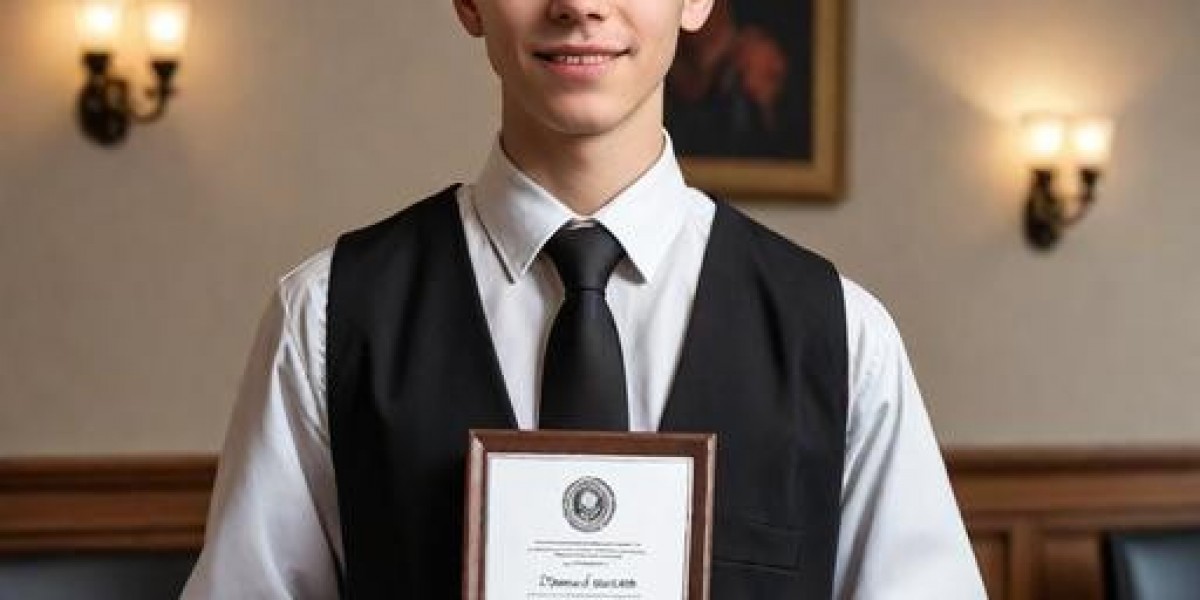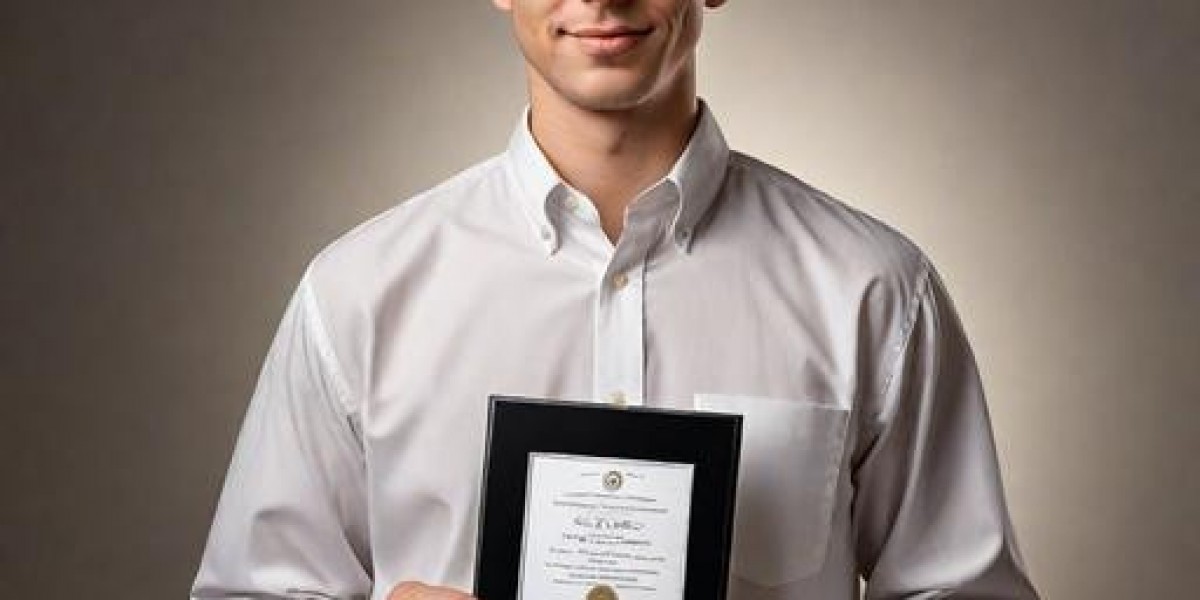Artificial Heart Technology Advances, Offering New Hope for Patients
The field of artificial heart technology is witnessing significant progress, bringing renewed optimism for individuals suffering from severe heart failure. Recent news highlights groundbreaking implants and the development of next-generation devices that aim to improve patient outcomes and potentially reduce the need for traditional heart transplants.
Key Developments Making Headlines:
- First in Australia: St Vincent's Hospital in Sydney, Australia, achieved a historic milestone by successfully implanting the country's first BiVACOR Total Artificial Heart in late 2024. The patient, who received the device as a bridge to transplant, was remarkably discharged from the hospital after over 100 days – the longest period a patient has lived with this specific implant – before successfully receiving a donor heart in March 2025. This marks a significant step forward in artificial heart technology and offers hope for patients with end-stage heart failure.
- Pediatric First in Michigan: A 10-year-old in Michigan became the first child in the state to receive a total artificial heart implant at Michigan Medicine. The fifth-grader, believed to be one of the youngest and smallest patients worldwide to undergo this procedure, received the adult-sized SynCardia Total Artificial Heart after a sudden cardiac arrest. This pioneering surgery served as a bridge to recovery, allowing his organs to heal before a potential future transplant.
- Next-Generation Devices on the Horizon: Companies like BiVACOR and CARMAT are developing next-generation total artificial hearts with the potential for longer-term use. The BiVACOR device utilizes a unique valveless rotary blood pump and magnetic levitation technology, aiming for increased durability and reduced complications. CARMAT's AESON heart incorporates bioprosthetic materials and sensors to adjust blood flow according to the patient's activity level. Both devices are progressing towards or undergoing clinical trials.
- Magnetic Levitation Breakthrough: Surgeons at The Texas Heart Institute successfully performed the first-in-human implantation of an artificial heart powered by magnetic levitation (maglev) technology. The BiVACOR Total Artificial Heart, implanted in a patient awaiting a heart transplant, uses maglev to keep its spinning component afloat without physical contact, potentially reducing wear and tear. The patient received a transplant after eight days with the device.
- Research Shows Heart Muscle Regeneration: A study co-led by researchers at the University of Arizona found evidence that a subset of patients with artificial hearts (Left Ventricular Assist Devices - LVADs) can regenerate heart muscle. This discovery opens new avenues for potential heart failure treatments, focusing on enhancing the heart's natural ability to repair itself.
The Role of Total Artificial Hearts:
Total artificial hearts (TAHs) are mechanical pumps surgically implanted to replace the damaged ventricles and valves of a patient's own heart. They are primarily used as a "bridge to transplant," maintaining blood circulation while patients await a suitable donor heart. While the SynCardia temporary TAH remains the only commercially approved device in the United States for this purpose, ongoing research and development are striving to create permanent artificial heart solutions.
Challenges and Future Directions:
Despite the advancements, challenges remain in developing fully implantable and long-lasting artificial hearts that can seamlessly integrate with the body and respond to its changing needs. Research continues to focus on biocompatible materials, energy efficiency, and minimizing complications such as blood clots and infections. The ultimate goal is to create artificial hearts that can significantly improve the lives of patients with severe heart failure, offering them a longer and higher quality of life, potentially reducing the reliance on donor organs.








